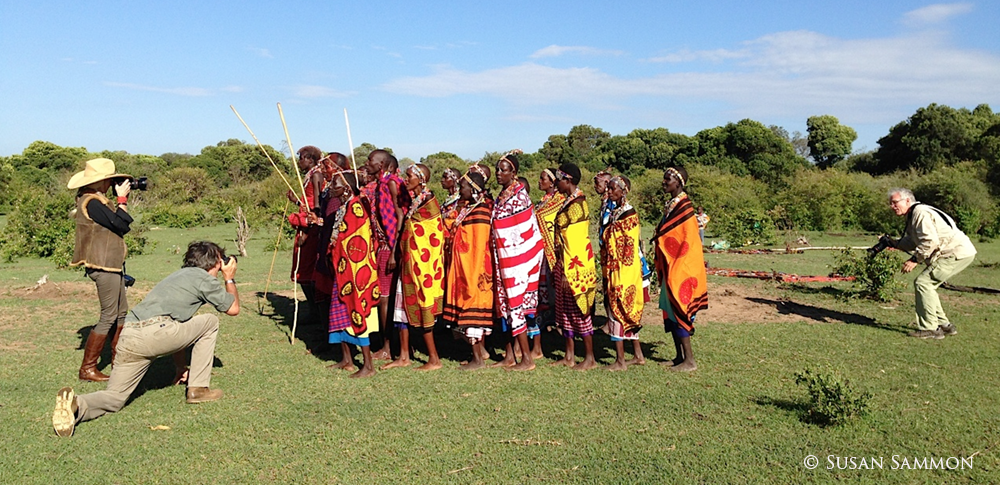Looking forward to your bird seminar. One trick you may not know that I learned from birdwatching.
Sometimes there is a bird that just won’t come out in the open for a photo. I use an Audubon app on my I-phone.
When I was at the coast, I knew the sound of a painted bunting but it was across the marsh. I simply took out my phone, pulled up the bird and played the vocalization (which it heard from 50 yards across.) As soon as it heard it, the bird flew and landed within 20 feet, ready for a photo. Since I was near some bushes with dead branches, I guessed where it would come and set myself so that the sunlight would hit it when it landed.
This isn’t a photography trick, just a bird trick, but it works very well in the springtime and early summer to draw birds into close range.
• • • • •
PhotographerSusan Wilkinson makes a good point (on a Google+ post) about bird vocalization apps. Take it away, Susan.
Steve's use of a bird app's vocalizations to call in birds is a common practice and one that I have used as well. I just want to make a point that I think should be mentioned.
"First, it is important to point out that the use of playback is prohibited in many parks and refuges. It is also illegal to disturb any endangered or threatened species (and playback can be interpreted as disturbance). Any potential negative impacts of playback are more likely to occur in areas with a lot of birding pressure, so avoiding playback entirely in those places is a good idea. Where and how to use it in other situations is up the individual birder."
Credit: Sibley Guide
Many federal, state parks and wildlife refuges do not allow the use of such apps. Also, there are many avid bird watchers and photographers who frown upon the use.
Here's a few links for anyone that is interested in the use of these apps:
American Birding Association
http://iphone.ibird.com/ABA_Ethics.html
Sibley Guide
http://www.sibleyguides.com/2011/04/the-proper-use-of-playback-in-birding/
Ethics of Bird Calls
http://birding.about.com/od/birdingbasics/a/Ethics-Of-Bird-Calls.htm
Thanks for sharing all your wonderful tips and beautiful images, Rick.





































